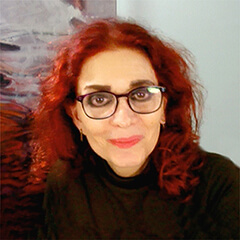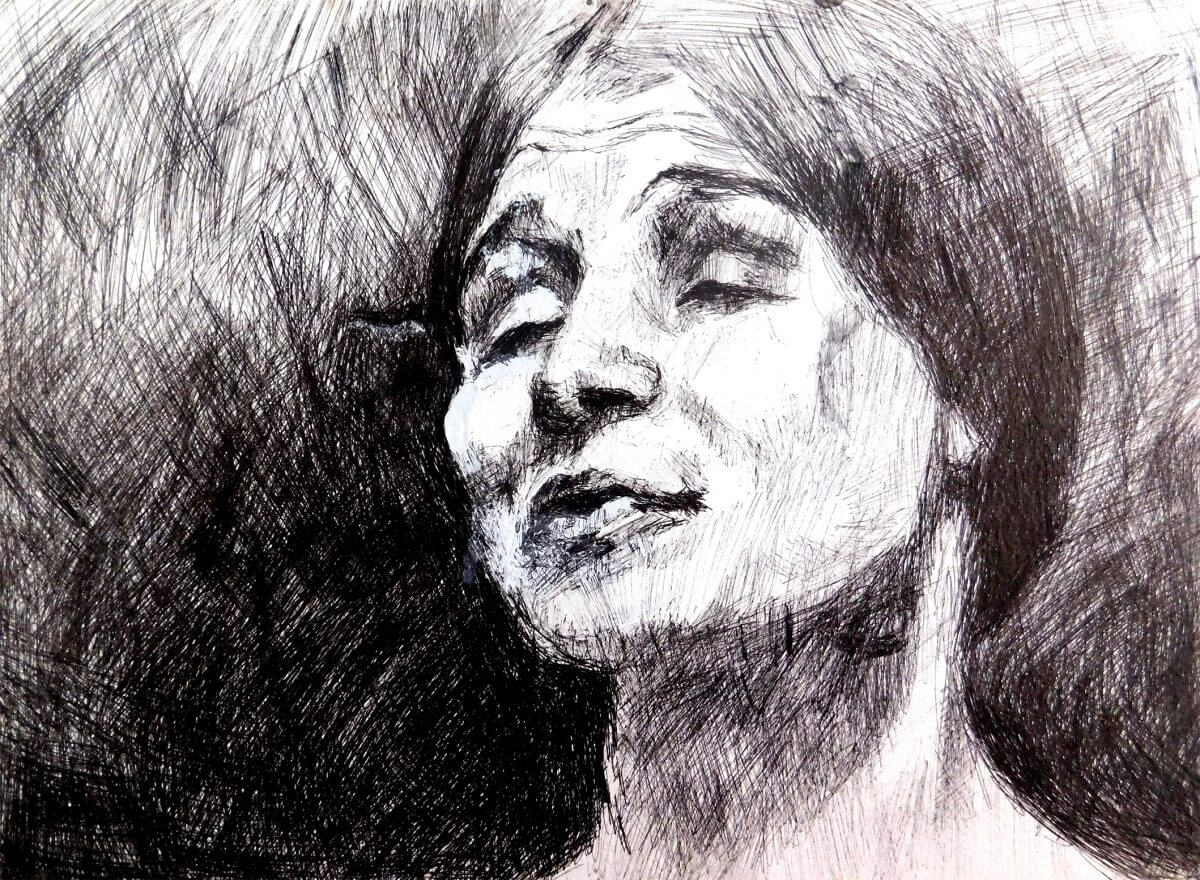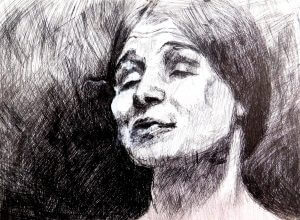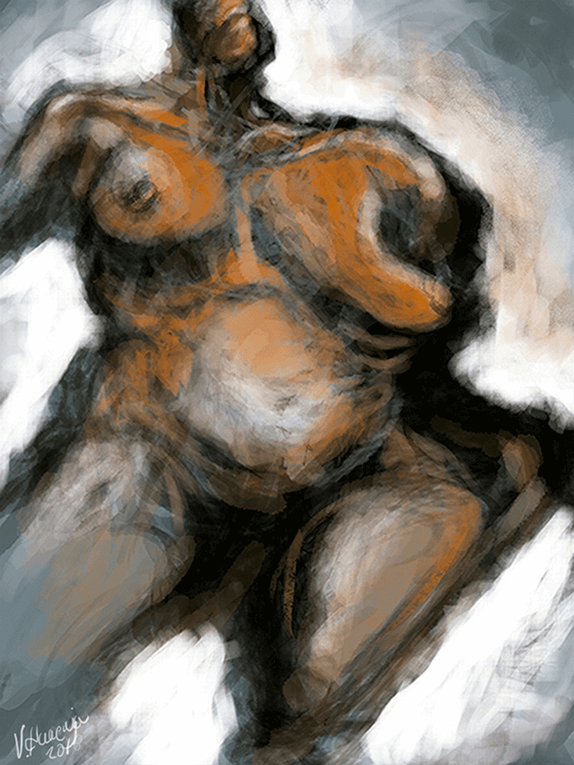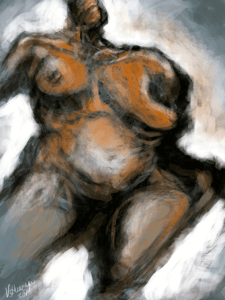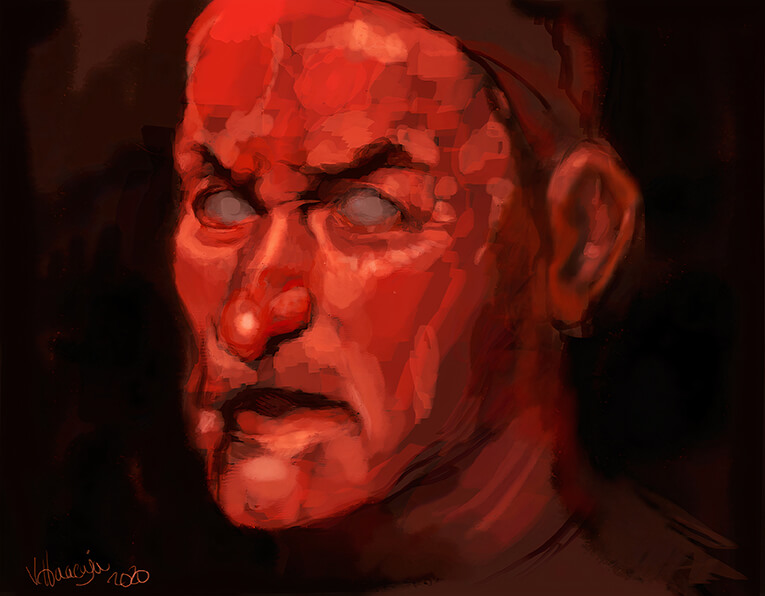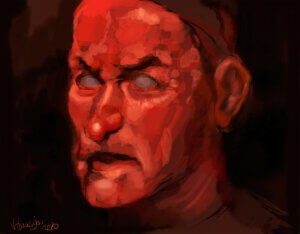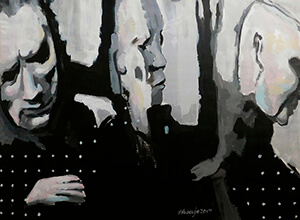You’re welcome to another Art Blog. My name is Veronica Huacuja, a plastic artist and an online art teacher for groups and individuals. I have some good tips for your art process. Hope you find them helpful.
LET’S TALK ABOUT… Our art interests and understanding that almost everything we create has to do with our own life, our environment.
A PREVIOUS COMMENT. One of my passions, besides producing art, is reading literature (novel, poetry, essays, etc.). I do this activity because it provides me with new experiences, ideas and topics to produce my artwork, besides enriching my life.
So, whenever we choose an art topic to develop, we must agree that almost everything we create has to do with our biography. That is, the choices we make to produce any artwork is determined by our life history (beliefs, experiences, memories, education, culture, etc.).
To exemplify the above, I add the following work. This is its data sheet:
Title: Study of a Portrait 28
Artist: Veronica Huacuja
Medium: Ink on paper
Size: 32 x 24 x 0.1 cm
Year: 2005
Collection: Portraits
MY EXPERIENCE MAKING UP THIS ARTWORK. Taking the previous reflection into consideration, I made research on the photographer, Edward Weston (1886-1958, U.S.), and I found one of his beautiful artworks which displays a woman reciting a poem. The name of the woman is Tina Modotti (1896-1942, Italy)–a photographer, too–, who was photographed by Weston, her lover at the time. The title’s photograph is “Tina Reciting”.
Weston took this photo in Mexico in the 1920s, which is a period of great artistic creativity that is known as the Mexican Renaissance.
LET’S DEDUCE A SIGNIFICANT MEANING FROM THE ABOVE. Maybe that’s the mysterious way our brain works when we decide to paint whatever topic we’re interested in. So, the answer to the above question in the title is affirmative: Yes, we produce art that is part of our lives. Do you agree?
Visit any time:
My ART SHOP: https://veronica-huacuja.pixels.com
My BODY OF ART: https://veronica.mx
I offer an ONLINE PAINTING PROGRAM in traditional or digital techniques: https://veronica.mx/online_painting_course
Other POSTS AND VIDEOS: https://patreon.com/veronicahuacuja
Thank you for reading. Hope you enjoyed the work.
